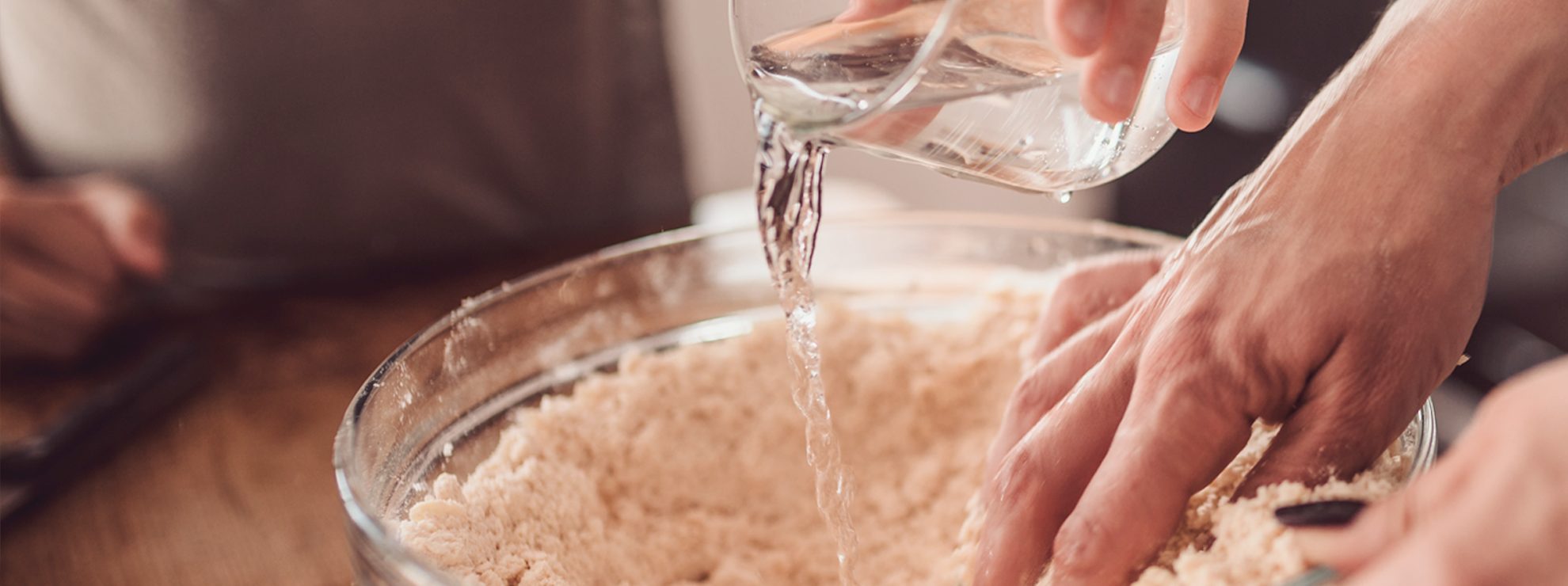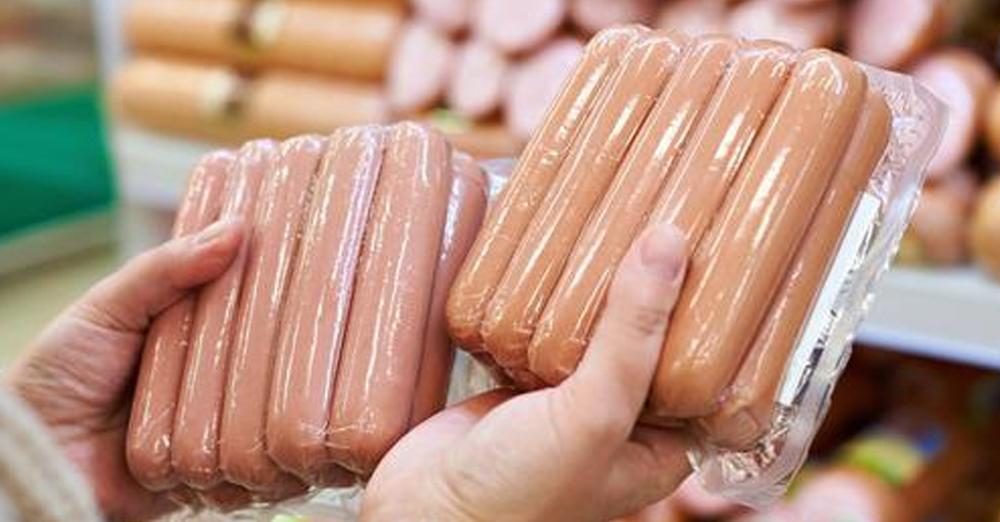Why You Should Never Eat Crab Lungs
Crab lungs, or "dead man's fingers," are inedible due to their indigestibility, potential to accumulate toxins, and risk of bacterial contamination. Other parts to avoid include the shell, gills, and stomach. Focusing on the meat from claws, legs, and body ensures a safe and enjoyable crab feast.

Crabs are a culinary delicacy, cherished around the globe for their delicate and flavorful meat. Given their premium status and the effort involved in cracking and picking through their shells, it's understandable that enthusiasts want to savor every possible bit of this prized seafood. However, amidst the quest to maximize the yield from each crab, there lies a crucial caveat: not all parts of a crab are meant to be consumed. Specifically, the lungs of crabs, often referred to as "dead man's fingers," are a part that should always be avoided.
Why You Should Never Eat Crab Lungs
- Indigestibility: Crab lungs are not designed for human consumption. Their texture is tough and spongy, making them difficult to digest. Eating crab lungs can lead to gastrointestinal discomfort, including indigestion and stomach aches, as our digestive system struggles to break down this inedible part.
- Accumulation of Toxins: Crabs filter feed, which means they can accumulate toxins and pollutants from their environment in their organs, including the lungs. Consuming crab lungs could expose you to higher concentrations of these harmful substances, posing a risk to your health.
- Bacterial Contamination: The lungs and other internal organs of crabs can harbor bacteria, which might not be eliminated through cooking. This could increase the risk of foodborne illnesses, making the consumption of crab lungs not only unpalatable but also potentially dangerous.

Other Inedible Parts of a Crab
In addition to the lungs, there are other parts of a crab that should be avoided to ensure a safe and enjoyable dining experience. These include:
- The Shell: Although this might seem obvious, the hard shell of a crab is indigestible and can cause internal damage if ingested.
- The Gills: Similar to the lungs, the gills are tough and not meant for consumption. They can also accumulate harmful substances from the water.
- The Stomach: Located at the front part of the crab, the stomach is best removed and discarded due to its potential to contain sand, grit, and toxins.
;Resize,width=767;)
;Resize,width=712;)

;Resize,width=712;)
